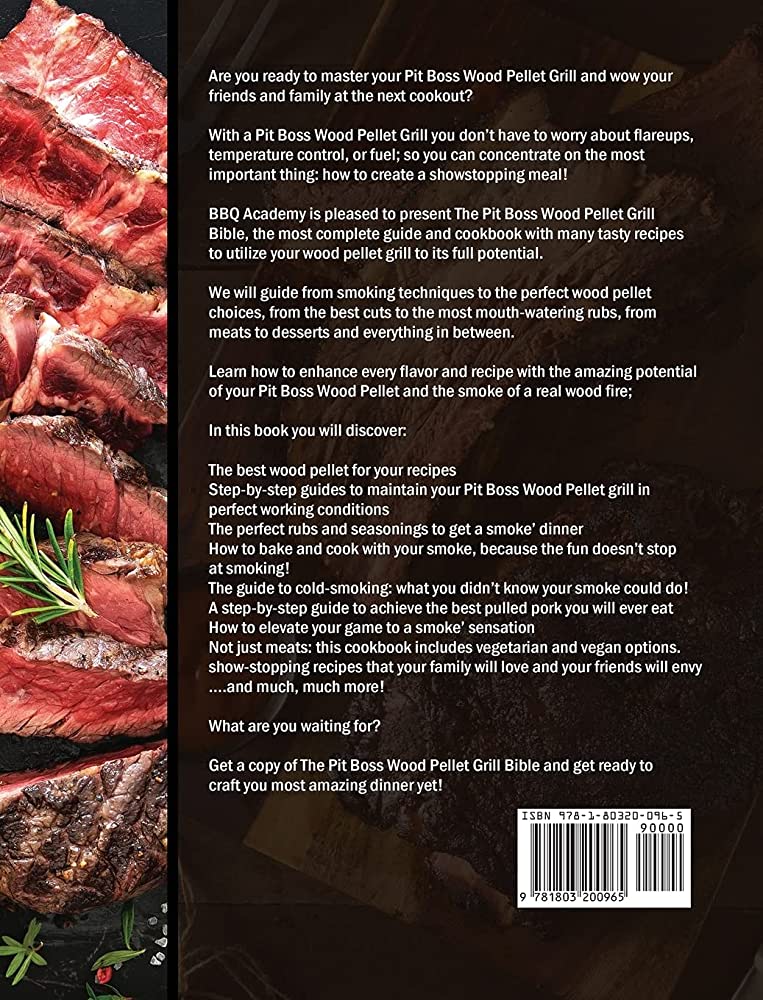Smoking meat can be a simple and rewarding task for beginners. The essential tools required are a smoker, tongs, charcoal, wood chips, aluminum foil, and a meat thermometer. The choice of wood chips is critical as different wood types offer distinct flavors. Preparing the meat beforehand can enhance its flavor and tenderness, and monitoring the temperature throughout the smoking process is essential. Beginners should start with a small batch and practice until they get it right, using a meat thermometer, avoiding opening the smoker lid often and using aluminum foil at the end of the cooking process to retain moisture.
Smoking Meat: A Beginner’s Guide to This Mouth-Watering Technique
There’s just something about the intoxicating aroma of smoked meat that truly tantalizes the taste buds. If you’re someone who enjoys indulging in delicious, juicy smoked meats, then learning how to smoke your own meats is something that you should consider. Even as a beginner, mastering the art of smoking meat is a fairly simple task as long as you have the basic tools, the right ingredients, and some insight on how the process works.
Tools you’ll need
To get started, you’ll need some basic tools such as a smoker, tongs, charcoal, wood chips, aluminum foil, and meat thermometer. A smoker can be purchased in different sizes and styles based on your needs and preference. For a beginner, it’s recommended to go for a simple and easy to use smoker.
Choosing the right wood
The choice of wood chips is important as it significantly contributes to the flavor of the meat. Different wood types offer distinct flavors. Here are some common wood types and their flavor profiles that you can consider:
– Hickory: Strong, robust flavor that is ideal for smoking beef, pork, and chicken.
– Apple: Sweet, fruity, and mild flavor that works well with pork and poultry.
– Mesquite: Intensive smoky flavor that is best suited for beef and wild game.
– Cherry: Mild and fruity flavor that is versatile and works well with various meats.
Preparing the meat
Before smoking the meat, it’s essential to prepare it to enhance its flavor and tenderness. You can apply a dry rub or marinade to the meat, which will create a thin crust or bark that forms during the smoking process. A marinade is ideal for tougher cuts of meat, while a dry rub works better on leaner cuts.
Smoking the meat
It is important to monitor the temperature during the smoking process. The ideal temperature range is between 200°F and 250°F. The smoke should be light, thin, and ideally of a bluish color. Smoke that is heavy and dark can cause the meat to taste bitter.
Tips and tricks for beginners
– Start with a small batch of meat and keep practicing until you get it right.
– Always use a meat thermometer to check the internal temperature of the meat.
– Allow enough time for the meat to absorb the smoke to achieve the desired flavor.
– Avoid opening the smoker lid often as it can impact the internal temperature and the cooking time.
– Use aluminum foil towards the end of the cooking process as it helps to retain moisture and tenderness in the meat.
In conclusion, smoking meat is an art that requires patience and practice. But the results are worth the effort. With some basic tools, the right ingredients, and a few tips and tricks, you can significantly enhance the flavor of your meat and enjoy mouth-watering, juicy, and smoky meat dishes.
